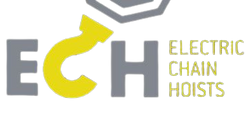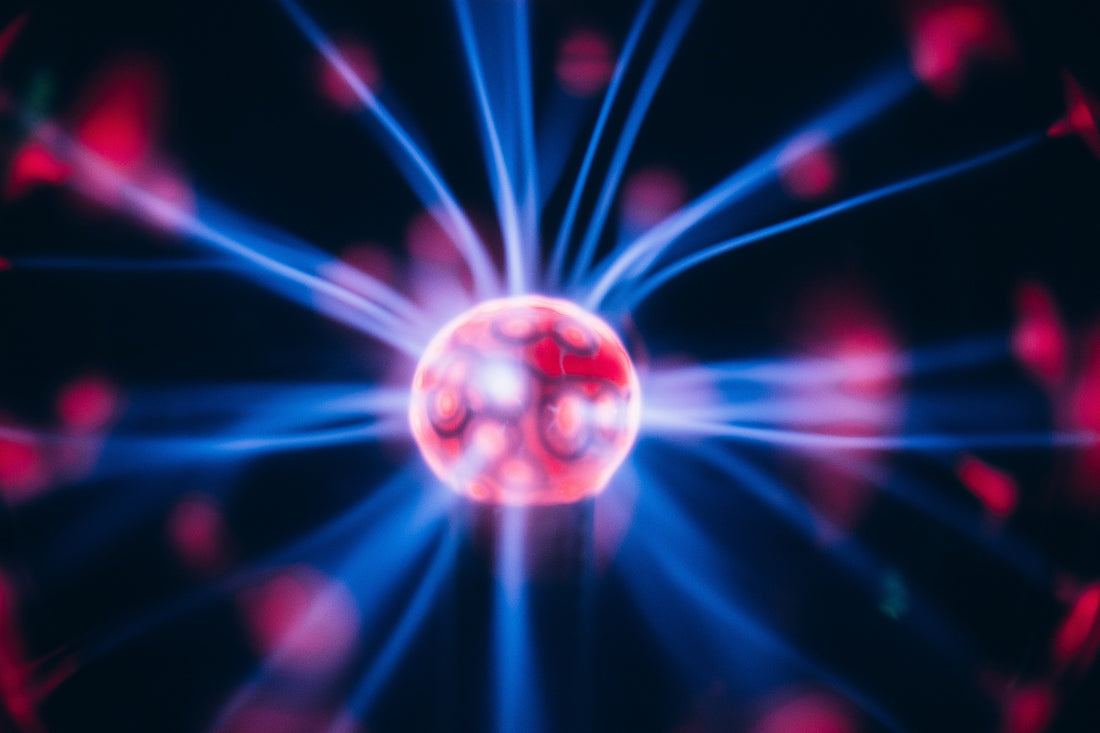If you’re in the market for an Electric Chain Hoist, you may be wondering what the difference is between single-phase and three-phase power sources. Both are commonly found in industrial settings, but they have different applications and requirements.
Single-Phase Electric Chain Hoists require a single AC alternating current power source to operate, while three-phase hoists require three separate AC currents of varying voltage levels. The advantage of using a three-phase power source is that it offers more efficient operation and can transfer higher amounts of energy than its single-phase counterpart.
Additionally, three-phase motors also tend to be smaller in size and lighter weight compared to single-phase models.
The main disadvantage of using a three-phase power source is that it can be more expensive to install and maintain. Additionally, not all sites are suited for three-phase electric chain hoists due to the need for larger cables and more powerful motors.
When deciding between single-phase and three-phase electric chain hoists, consider the energy requirements of your application, budget constraints, and installation location. A qualified technician can help you determine which type of power source is most suited to your environment. Armed with this knowledge, you can confidently select the right electric chain hoist for your specific needs.
At Electric Chain Hoists, we are dedicated to providing best-in-class products, coupled with matching customer service. Our experienced team can guide you every step of the way throughout your chain hoist journey, from selecting the right product to maintenance and servicing.
Contact us today should you require any assistance.

